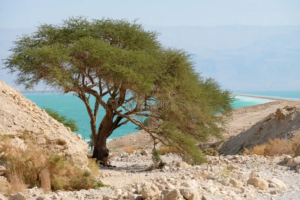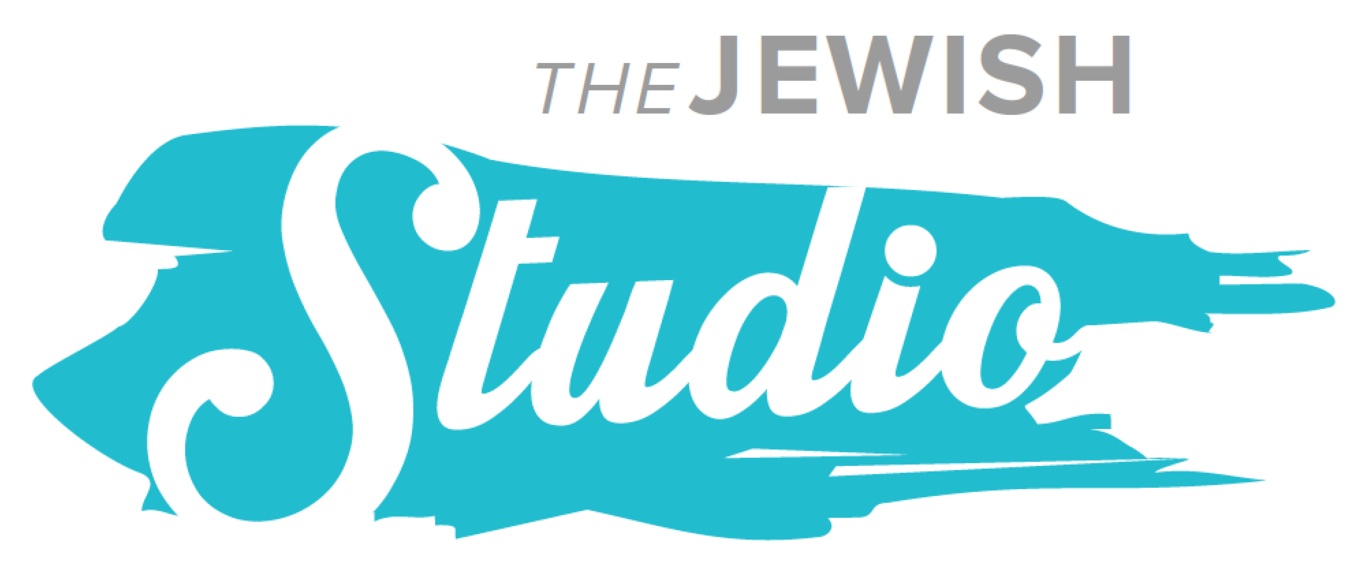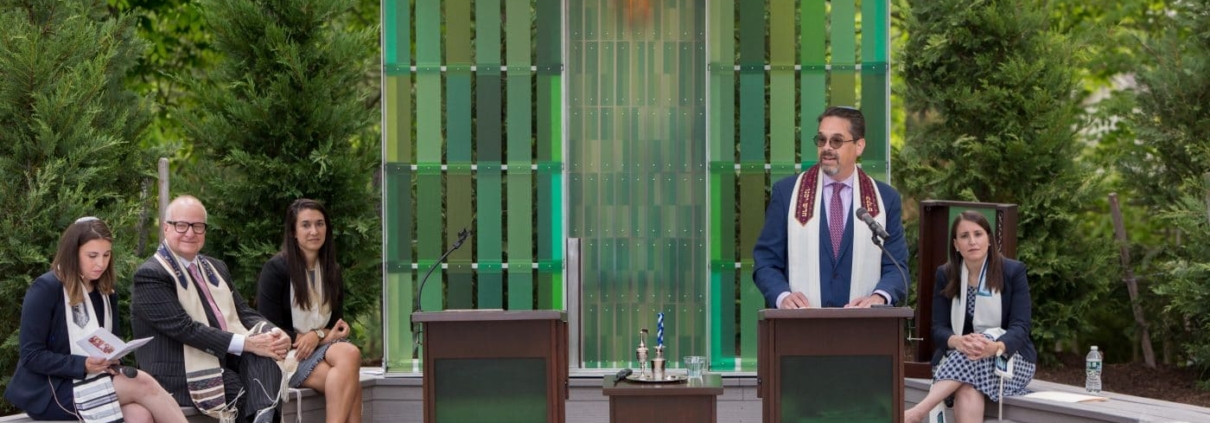Green Torah
This century is a heyday for the cardboard industry. Nearly every delivery on your doorstep comes in a cardboard box. Wood pulp and cellulose combine to form cardboard. Accordingly, the cardboard craze exacerbates deforestation. The environmental impact of cardboard boxes is just one example of the holiness of choosing the right packaging.
A seemingly mundane fact from Parshat Tetzaveh, Chapter 25 of Exodus, describes the construction of the ark out of Acacia wood. In the Sinai wilderness, there might not be many trees of any kind. I wondered, where did the Acacia wood grow and why was Acacia selected?
Acacia trees are common in Israel. The trees grow quickly in tropical and subtropical climates and in the desert. Three varieties of acacia grow in various regions of Israel. The wood is quite hard and very durable. Given that the trees grow quickly and many species are healthy, acacia wood is a sustainable source of wood.
Most importantly, the tablets of the ten commandments were placed into the ark made of acacia wood. God did not choose bronze, silver, or gold for the ark. Neither was the ark chiseled out of stone. God selected the acacia tree as the primary source of wood; a sustainable, fast-growing tree.
Torah is teaching us to be mindful of the materials we use as containers. Whether holding holy objects or creating homes for people, we can choose sustainable, natural materials. Cork, bamboo, recycled plastics, stone, and reclaimed wood are better choices for building and decorating homes.
When we make environmentally friendly choices, we are upholding the values we learn from the Torah. You express your desire to save our planet when you eliminate gas stoves, buy an electric car, or cut down on red meat. And the next time you buy something on Amazon, select the option to have all of your purchases delivered in just one cardboard box!
Rabbi Evan J. Krame






 Evan J. Krame was ordained as a rabbi by the
Evan J. Krame was ordained as a rabbi by the